
10th Ncert Chemistry Solutions University
Solved questions and activities of chapter 1 Chemical reactions and equations. Burning of magnesium. Explain Activity 1.1 Ncert Scince class 10 Chemical reactions and equations. NCERT Explanatiion, solution and answers by Studdy.

NCERT Solutions for Class 9 Science Chapter 1 Matter in Our Surroundings The Advansity
January 10, 2024. Department launches new website. The Iowa Department of Education has officially launched its new website at educate.iowa.gov. January 9, 2024.. Computer Science Instruction Dyslexia Equity Inclusion & Free Speech Safe+Sound Iowa Special Education Work-Based Learning
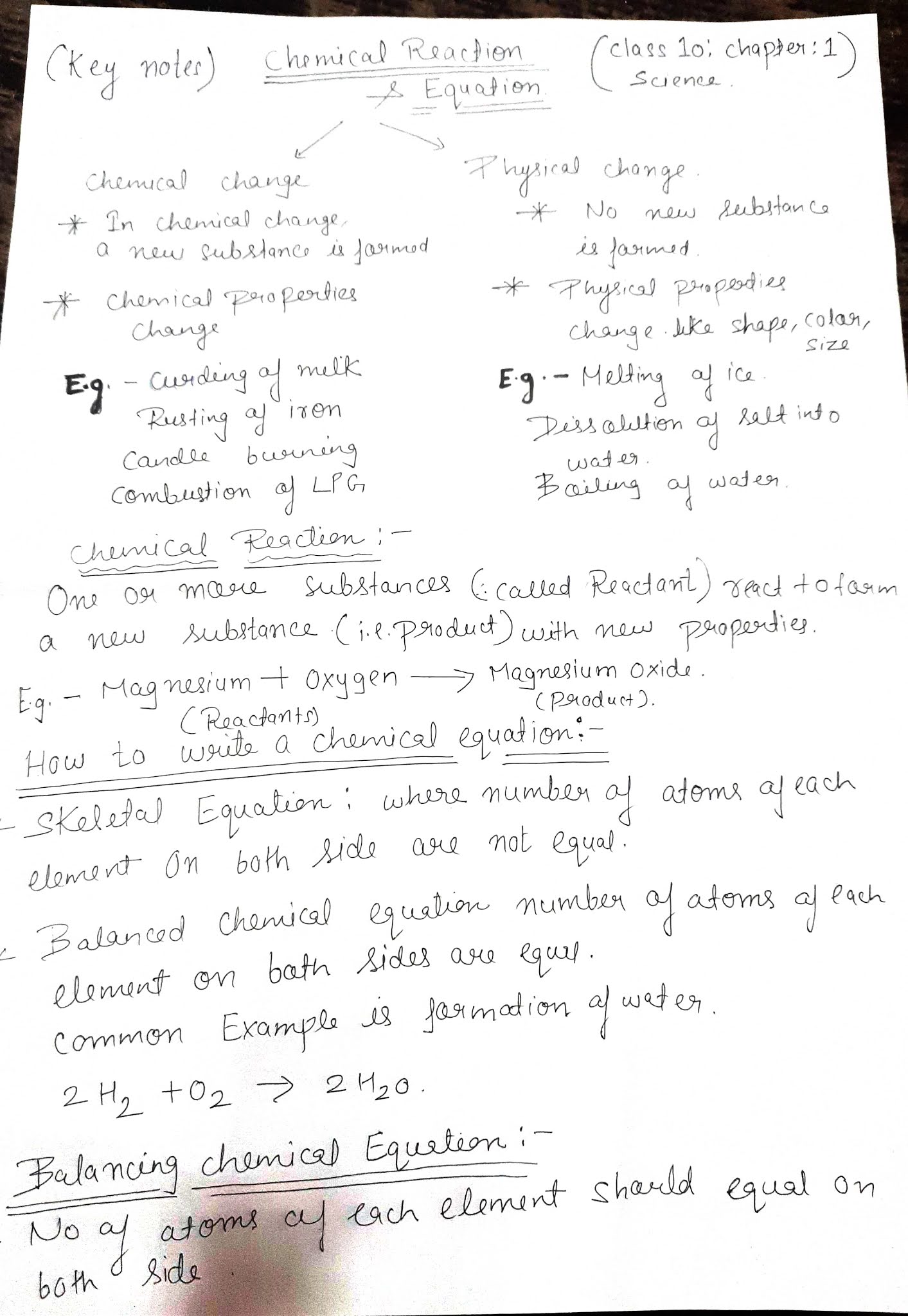
Science is easy with me class 10 science chapter 1 notes pdf
In this post, you will learn a complete explanation of activity 1.7 class 10 science that belongs to chapter 1 Chemical Reactions and Equations. You can also go through Activity 1.8 of Chapter 1 Chemical Reactions and Equations. Explain Activity 1.7 Class 10 Science Caution: This activity needs the teacher's assistance.

Science is easy with me class 10 science chapter 1 notes pdf
Activity 1.4: Ncert book Science class 10. Chemical reactions play a significant role in our daily lives. In the Class 10 Science NCERT book, Chapter 1 focuses on chemical reactions and equations. Activity 1.4 demonstrates an exothermic reaction involving calcium oxide and water, resulting in the formation of slaked lime.
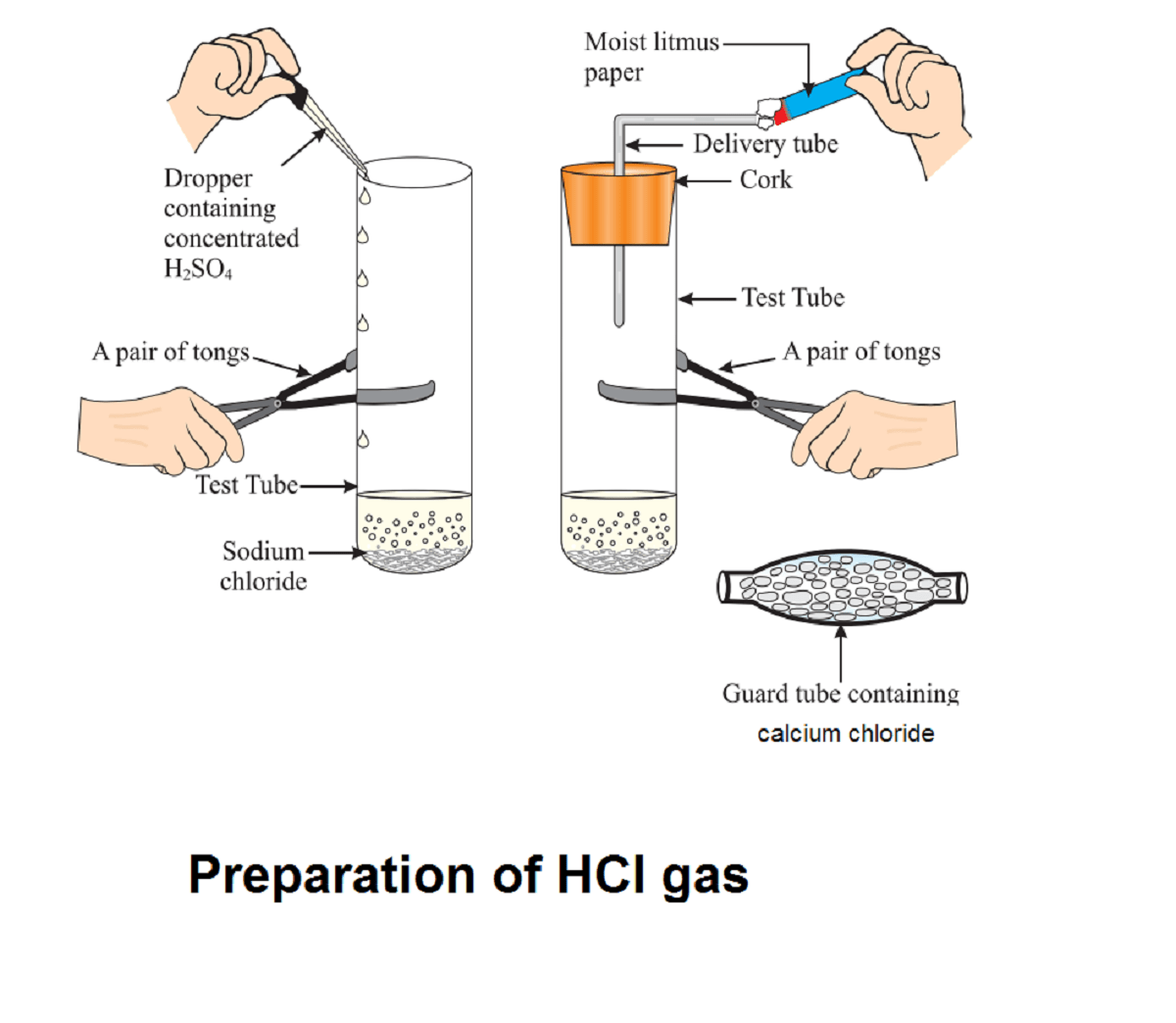
Acids Bases and Salts activity Studdy.in
NCERT Solutions for Chapter 1 Chemical reactions and Equations is the first chapter of Class 10 Science Textbook. It covers the topic of Chemistry which covers the idea of chemicals. The topics which are covered in this chapter are Chemical equation, Balanced chemical equation, implication of a balanced chemical equation, types of chemical reactions: Combination, decomposition, displacement.
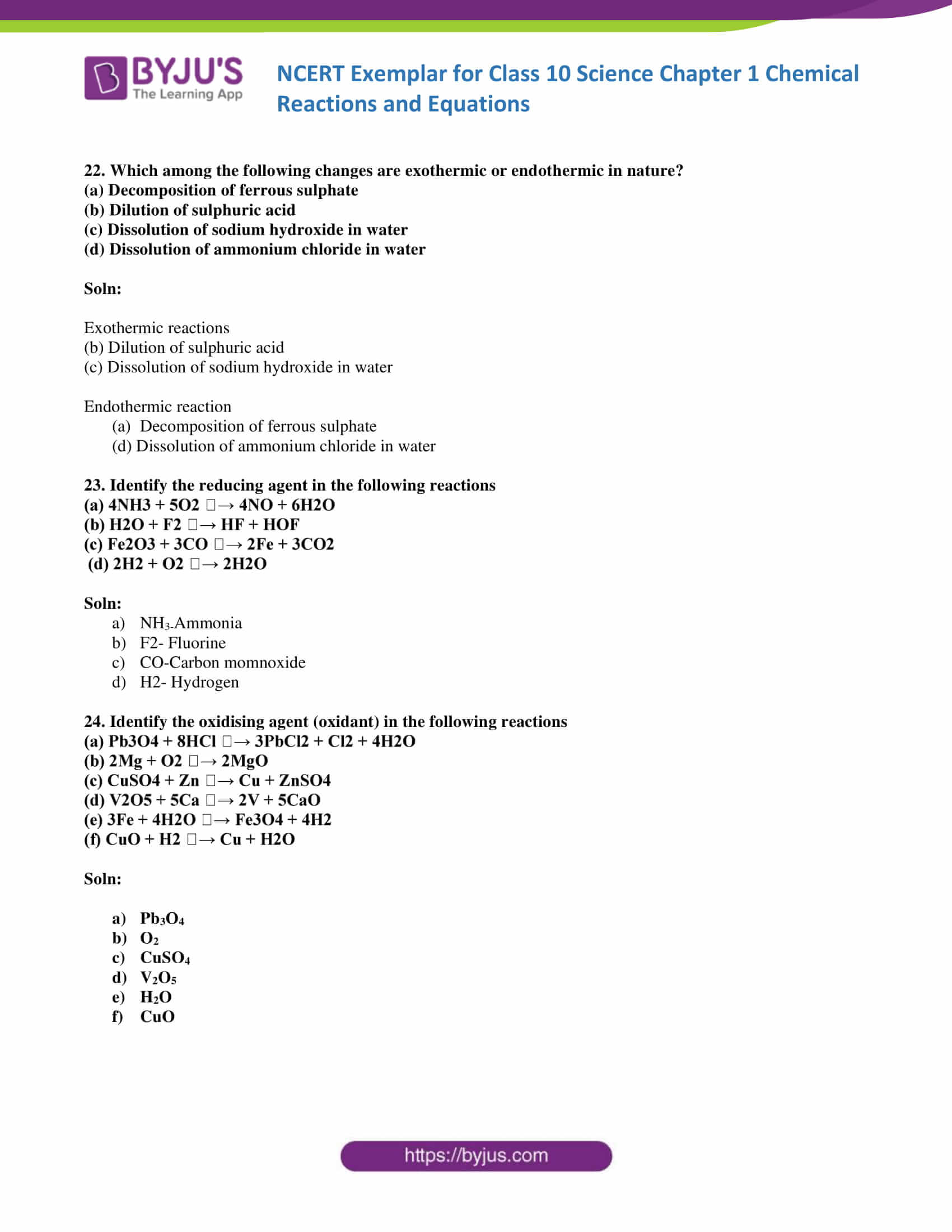
NCERT Exemplar Class 10 Science Solutions Chapter 1 (2022)
Activity 1.3: Ncert book Science class 10. Chemical reactions and equations form the foundation of understanding the intricacies of chemistry. Class 10 Science NCERT Book Chapter 1 focuses on these vital concepts and introduces students to various types of reactions, balancing equations, and understanding the role of each element involved.. Activity 1.3 in the book provides a hands-on.

CBSE Class 10 Sciencechapter1
Class 10 Science activities of chapter 1 Chemical Reactions and Equations If you are looking for NCERT Class 10 Science Activities of chapter 1 Chemical Reactions and Equations, then you are in the right place. Here you will find all activities with a complete explanation with the conclusion.
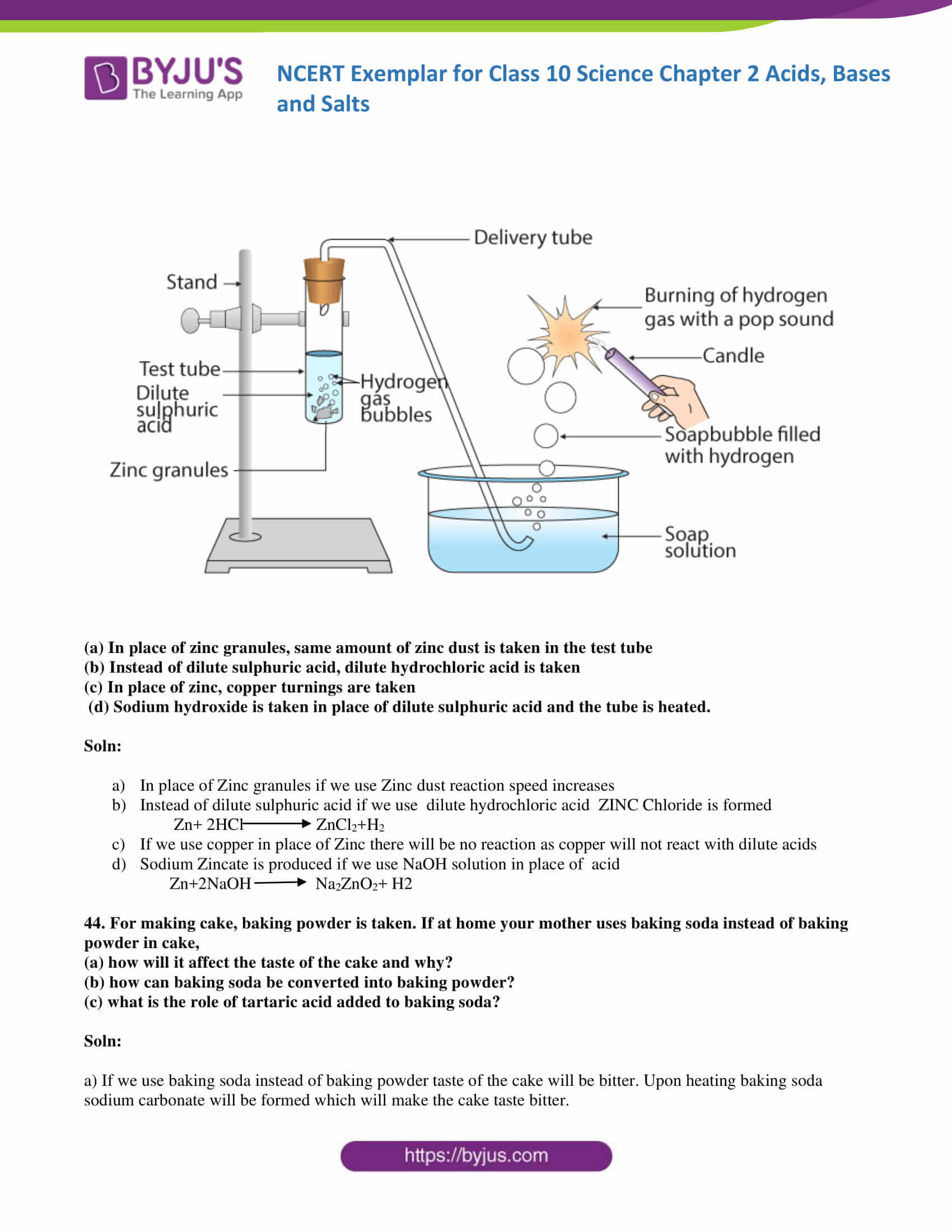
NCERT Exemplar Class 10 Science Solutions Chapter 2 Download PDF for Free (2023)
Students who are preparing for their Class 10 exams must go through NCERT Solutions for Class 10 Science Chapter 1 Chemical Reactions and Equations. All Chapter 1 - Chemical Reactions and Equations Exercise Questions with Solutions to help you to revise complete Syllabus and Score More marks.

NCERT Solutions for Class 10 Science Chapter 1 Chemical Reactions And Equations (PDF)
Brief Procedure: Activity 1.10 asks us to mix the sodium sulphate solution with barium chloride solution. Observation: A white precipitate of barium sulphate sinks at the bottom. Barium sulphate sinks at the bottom. Explanation: Sodium sulphate and barium chloride undergo double displacement and form barium sulphate and sodium chloride.

Class 10 Science Important MCQs Chapter 3 The Study Point
In this post, you will learn a complete explanation of activity 1.9 class 10 science that belongs to Chapter 1 Chemical Reactions and Equations. Explain Activity 1.9 Class 10 NCERT Science Caution: This activity needs the teacher's assistance. Activity Take three iron nails and clean them by rubbing them with sandpaper.

Science is easy with me class 10 science chapter 1 notes pdf
Solved questions and activities of chapter 1 Chemical reactions and equations. Explain activity 1.2 Ncert Scince class 10 Chemical reactions and equations. Lead nitrate reaction with potassium iodide.. NCERT solution, answer for CBSE.
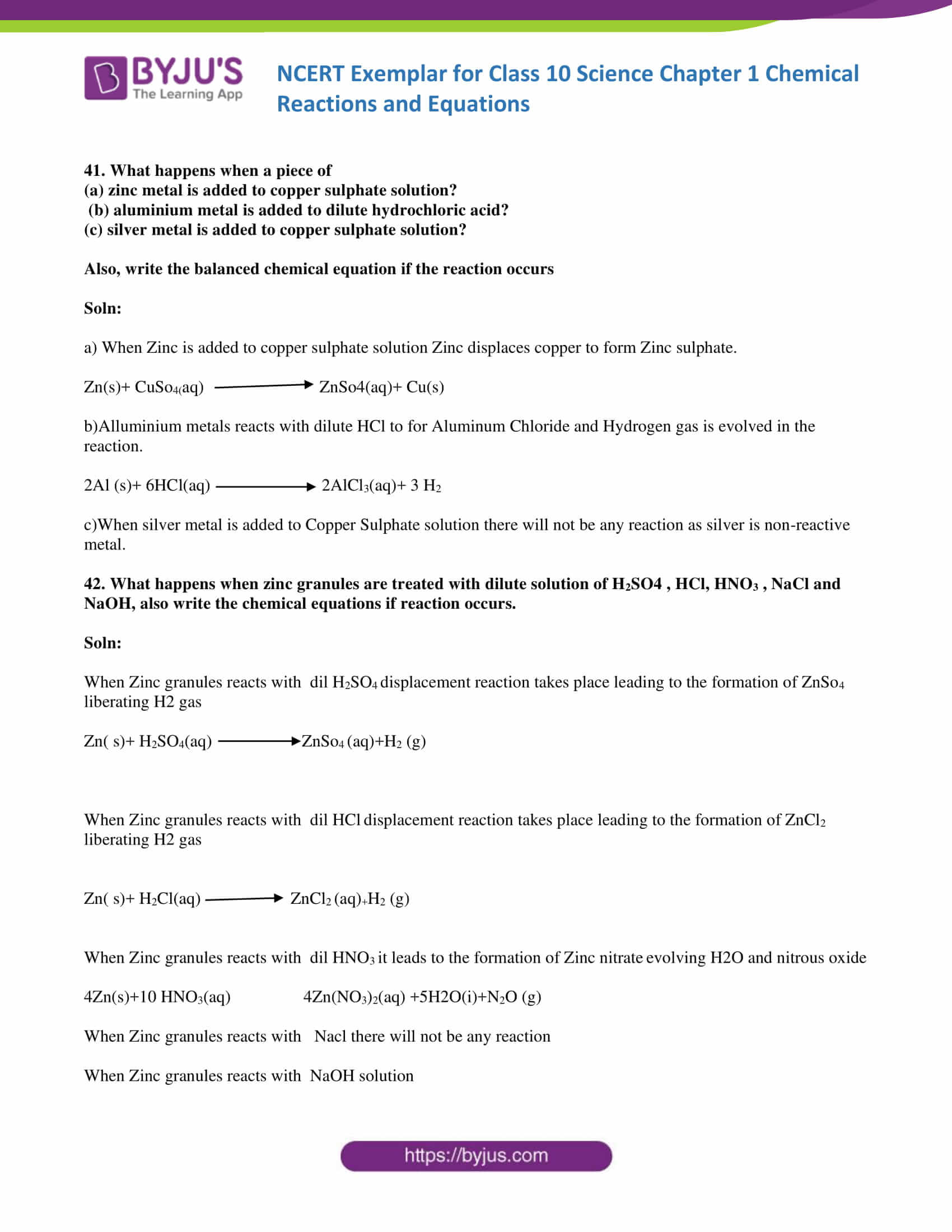
NCERT Exemplar Class 10 Science Solutions Chapter 1 (2022)
Class 10 Science | NCERT Activity Solutions March 11, 2021 0 Class 10 Science | NCERT Activity Solutions Chapter 1: Chemical Reactions and Equations Chapter 2: Acids, Bases and Salts Chapter 3: Metals and Non-metals Chapter 4: Carbon and its Compounds Chapter 5: Periodic Classification of Elements Chapter 6: Life Processes

Physical Science Chapter 1 Test Answer Key QasamPriseis
Chapter 1 - Chemical Reactions and Equations In-Text Activities Solved 1.1) When magnesium ribbon is burning, what do you observe? Ans) Magnesium ribbon burns with a dazzling flame and watch powder is collected on the watch glass placed under it. The white powder is magnesium oxide formed by the reaction of magnesium and oxygen present in the air.
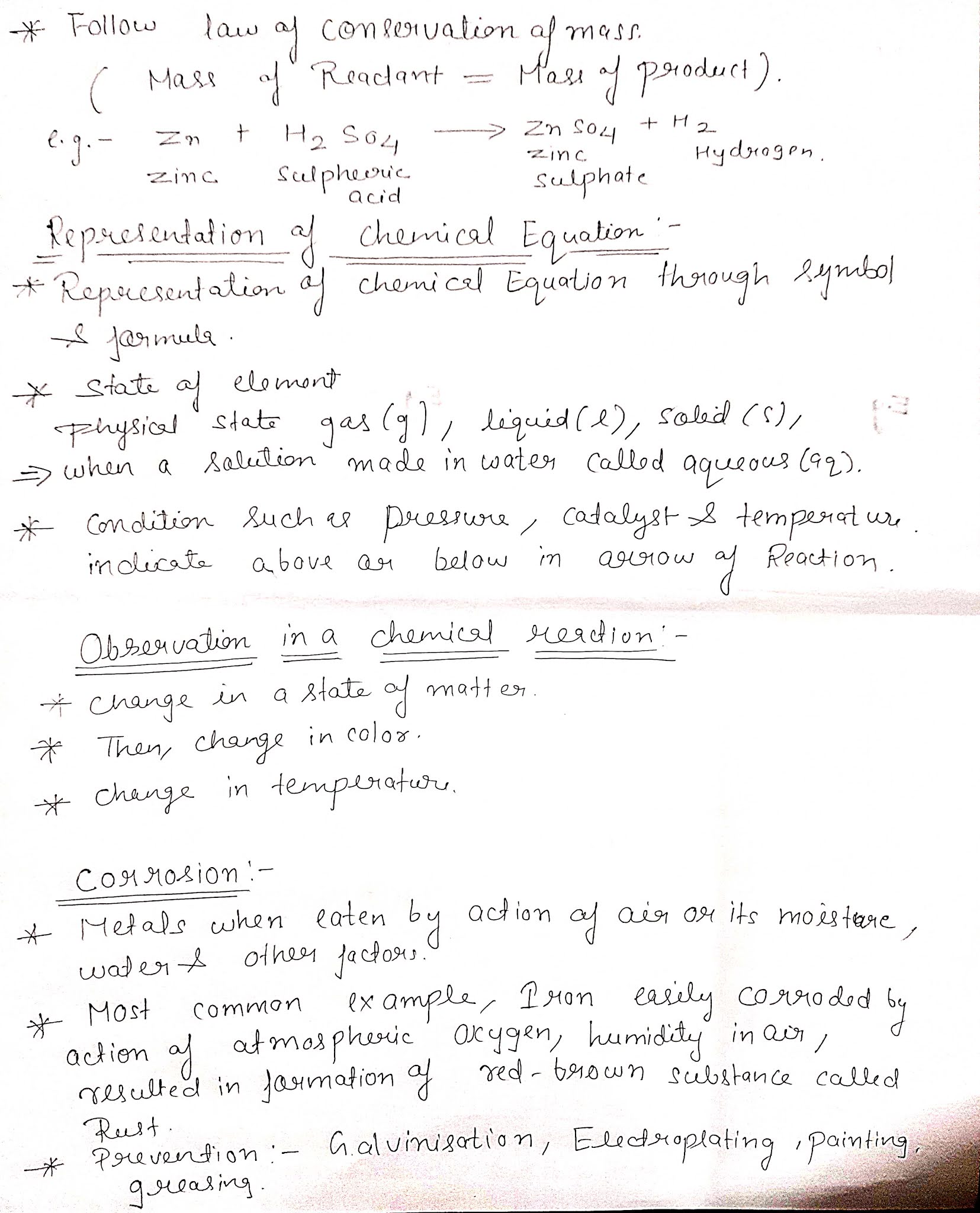
Science is easy with me class 10 science chapter 1 notes pdf
In this post, you will learn a complete explanation of activity 1.4 class 10 science that belongs to Chapter 1 Chemical Reactions and Equations. You can also go through Activity 1.5 of Chapter 1 Chemical Reactions and Equations. Explain Activity 1.4 Class 10 NCERT Science Caution: This activity needs the teacher's assistance.
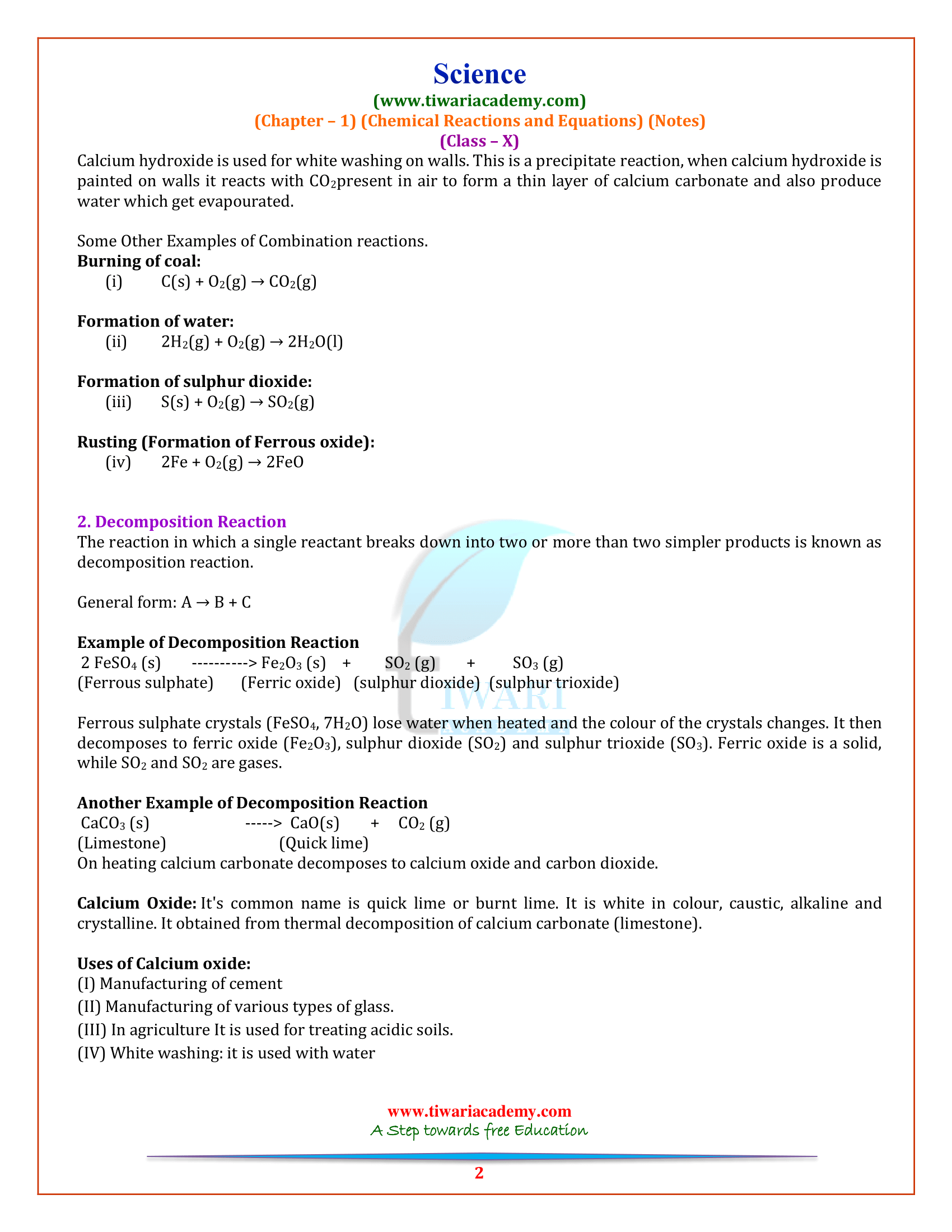
Class 10 Science Chapter 1 Notes of Chemical Reactions and Equations
In this post, you will learn a complete explanation of activity 1.1 class 10 NCERT Science that belongs to Chapter 1 Chemical Reactions and Equations. You can also go through activity 1.2 of Chapter 1 Chemical Reactions and Equations. Explain Activity 1.1 Class 10 Science Caution: This activity needs the teacher's assistance.
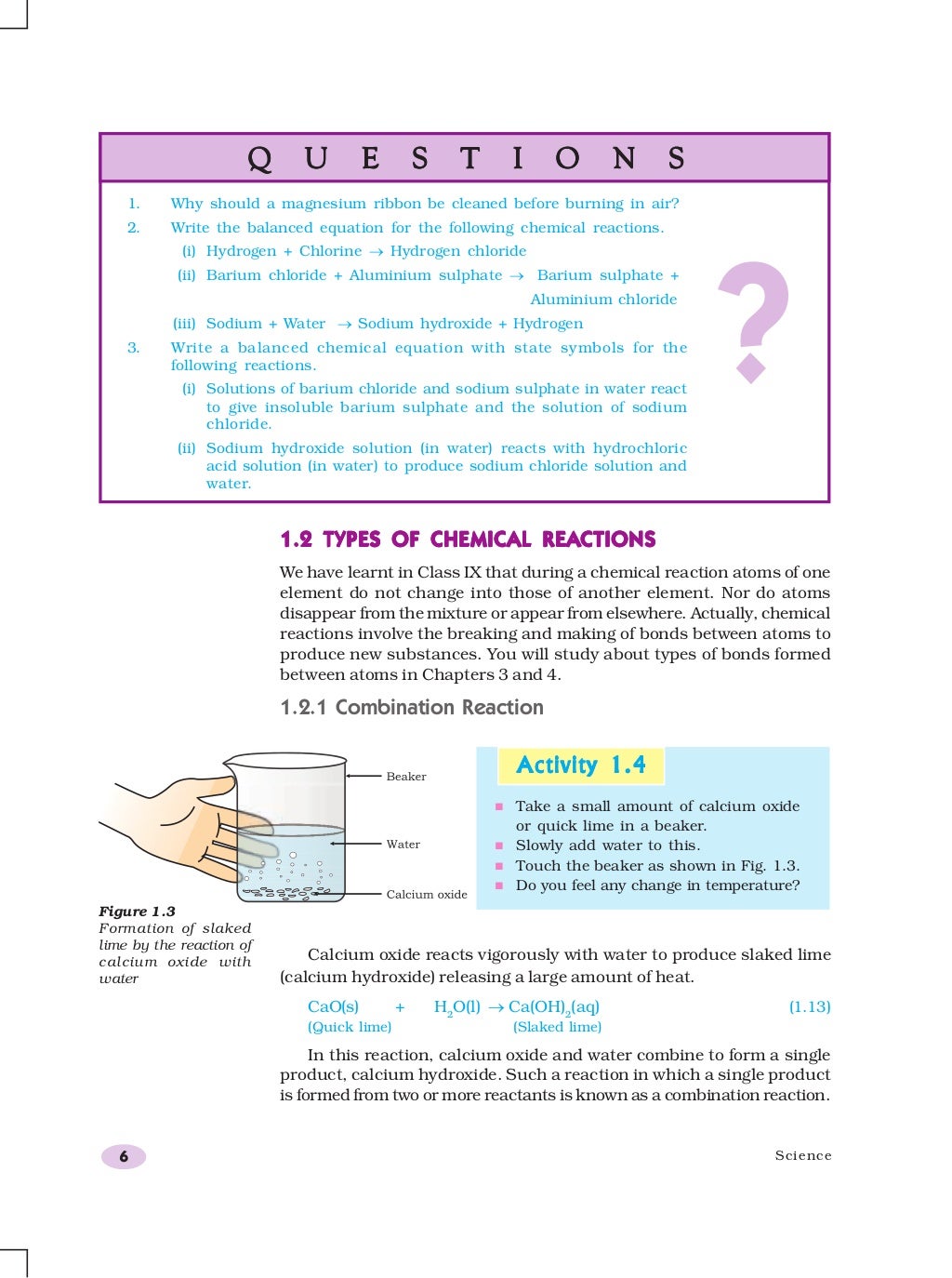
Cbse Class 10 Science Notes Chapter 3 Metals And Non Metals Photos
Activity 1.7 class 10 science in Chapter 1 of the NCERT textbook focuses on demonstrating the process of electrolysis of water. n this hands-on experiment, students will witness the separation of water into its constituent elements, hydrogen, and oxygen, and will be able to identify the gases produced during the process.